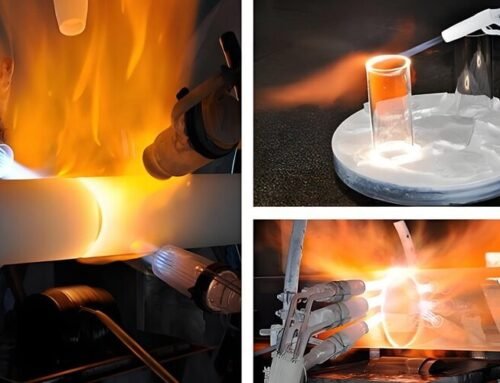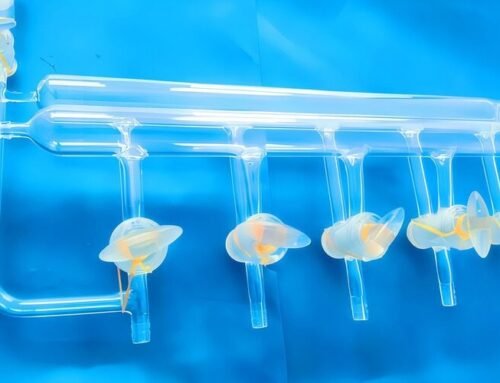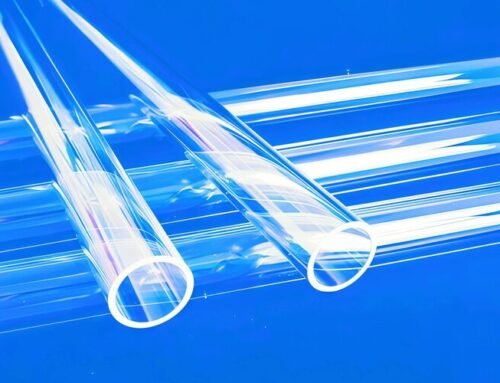As a high-precision laboratory consumable, quartz capillary tubes play a crucial role in various scientific fields, particularly in chromatographic and microinjection analyses. The selection of appropriate quartz capillary tubes is essential for ensuring the accuracy and reliability of experimental results. Therefore, what factors should be considered when selecting quartz capillary tubes?
- Inside diameter and length of aquartz capillary tube
Two fundamental parameters that influence separation efficiency and analysis speed of the experiment are the inner diameter and length of the capillary tube. A smaller inner diameter can enhance separation efficiency but may increase column pressure, potentially affecting analysis speed. Conversely, a larger inner diameter can reduce column pressure but may compromise separation efficiency. Therefore, when selecting quartz capillary tubes, these parameters must be carefully balanced based on the specific requirements and objectives of the experiment.
- Material and purity ofa quartz capillary tube
The material and purity of the quartz capillary tube exert a direct influence on the accuracy and reproducibility of analysis, with high-purity quartz capillary tubes demonstrating the capability to reduce background signal interference and enhance detection sensitivity. The surface treatment of the capillary tube is also of significance, with the smooth inner wall reducing the interaction between the sample and the tube wall, thereby reducing the phenomenon of peak broadening and tailing.
- Column efficiencyof a quartz capillary tube
Column efficiency is a significant metric for evaluating the performance of quartz capillary tubes. This performance is contingent on the uniformity of the tube filling, the dead volume within the tubes, and the diffusion of samples through the tubes. The quartz capillary tube with high column efficiency can provide a narrower chromatographic peak, which improves separation and detection sensitivity. Therefore, when choosing quartz capillary tubes, priority should be given to those products with high column efficiency.
- Thermal stability of aquartz capillary tube
In the course of some analytical procedures, quartz capillary tubes are exposed to high temperatures. Consequently, the thermal stability of the capillary tubes is a critical factor that must be taken into consideration. Quartz capillary tubes, which exhibit excellent thermal stability, are capable of preserving structural integrity at elevated temperatures. This property prevents the decline in column efficiency or fracture caused by thermal expansion.
- Chemical stability of aquartz capillary tube
The chemical stability of quartz capillary tubes is a critical factor in determining their applicability within specific chemical environments. The occurrence of corrosion or damage to the material of the capillary tube in different chemical environments has the potential to compromise its performance and service life. Therefore, when selecting quartz capillary tubes, it is imperative to choose the appropriate ones according to the chemicals that may be exposed during experimentation.
- Mechanical strength of aquartz capillary tube
It is important to note that quartz capillary tubes are susceptible to damage from external forces during operation; therefore, their mechanical strength must be carefully considered. High mechanical strength in the capillary tube can effectively resist external impacts, thereby reducing the risk of breakage and extending its service life.
The selection of quartz capillary tubes should take into account multiple factors, including inner diameter and length, material purity, column efficiency, thermal stability, chemical stability, and mechanical strength. Each of these factors directly or indirectly influences experimental outcomes. By thoroughly evaluating these parameters, researchers can select the most appropriate quartz capillary tube for their specific needs, thereby enhancing both the efficiency and accuracy of their experiments.






